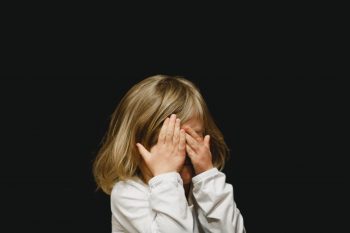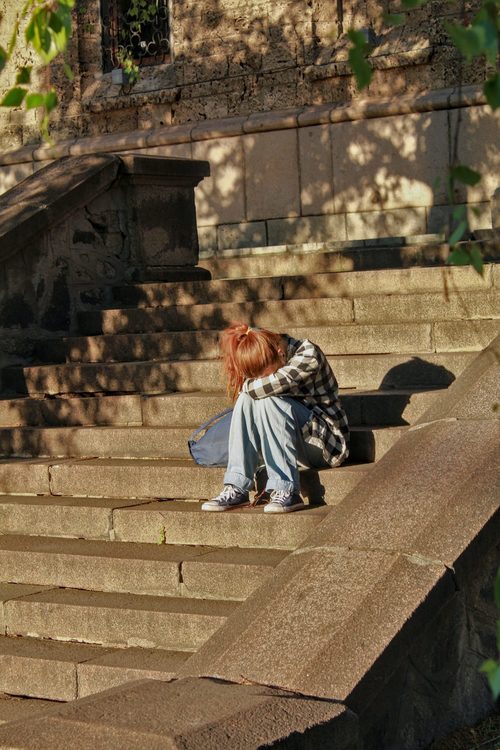Schoolchildren now have the option to seek protective orders under the South African Schools Act against those who harass them. Any minor aged 10 or older found guilty of bullying a peer at school could face imprisonment as a consequence.
This legal measure was enacted to proactively prevent victims of bullying from self-harm or suicide.
Children are not required to obtain parental or guardian consent to request a protection order from the magistrates’ court against a fellow student who is subjecting them to bullying.
As reported by City Press, within a matter of weeks, schools in Gauteng witnessed the loss of five students to suicide. These students reportedly resorted to taking their own lives through the ingestion of toxic substances or self-inflicted hanging.
The first incident occurred on 29 June, when a student from Nigel High School ended their life by ingesting poison. Just a few days later, on 4 July, another student from Geluksdal Secondary School met a similar fate after consuming poison in their own home.
ALSO SEE: 10 of the most expensive schools in South Africa
Recently, a 10th-grade student, who had been remanded to the Soshanguve Secure Care Centre for juveniles, took their own life. This student was reportedly awaiting trial and was discovered lifeless, hanging in a dormitory during the lunch break.
On the same day, a grade 9 boy from Kgetsi Ya Tsie Secondary School also died as a result of hanging.
Adding to this string of incidents, Brian Ndlovu, a pupil at Queens High School, died by poisoning himself within the school premises.
Attorney Mollica Maharaj, who serves as the managing director of the Sandton-based law firm Rahman and Rahman, emphasises that incarceration should only be considered as a final option, and it should be for the briefest duration feasible when dealing with a child aged between 10 and 18 found culpable of engaging in bullying.
Maharaj highlights that the Children’s Act 38 of 2005 has a clear objective of eradicating bullying within schools. She affirms this by saying, ‘It gives every South African child the right to bring a case of bullying to court. It’s important to note that the act’s aim isn’t to punish a bully but to restore the balance thrown off when one child causes harm to another, so the focus is on restorative justice through specific programmes and processes. Bullies will be held accountable for their actions, but the aim is to rehabilitate them, not punish them.
‘It also means that in conjunction with the South African Schools Act 84 of 1996, the state and, in some cases, a particular public school can be held liable for any damage, injury or loss suffered by a pupil.
This is likely when, for example, a school is aware of a specific pupil’s constant difficulties with bullies, but fails to intervene. It will then face paying for [physical and/or emotional] harm to the victim.
‘We need to separate minor bullies into two age categories. Those aged under 10 cannot be arrested. A bully older than 10, but younger than 18, can only be detained as a last resort and then handed over to their parents or legal guardians.
‘In the unlikely event that the authorities detain a minor bully, he or she must be kept separate from adults and protected from any unfair treatment or abuse.
‘Shortly after the arrest, a probation officer must promptly evaluate the offender, and within a 48-hour window, the individual must attend a preliminary court hearing.’
The law provides clear rules on bullying, which can manifest in various ways. This includes physical assault, where an individual is either physically struck by another person or group or faces threats of physical harm. Verbal abuse, involving acts such as mocking or using offensive language, is also considered a form of bullying. Crimen injuria occurs when a person is publicly humiliated by being subjected to name-calling.
‘If a child’s being bullied at school by another child, the victim and/or their parents or legal guardians can lay a criminal charge against the bully with the SA Police Service. However, if the bully is under 10 years of age, he or she doesn’t have criminal capacity and can’t be held criminally liable.
‘However, this doesn’t mean that the bully won’t face any consequences for their actions,’ explains Maharaj.

Unsplash
Cyberbullying
Cyberbullying forms part of cybercrime and is capable of inflicting severe, and in some cases, even fatal harm to a child’s mental and emotional wellbeing.
ALSO SEE: Sharing your kids on social media – 5 tips on ‘sharenting’
Maharaj points to alarming statistics that reveal South Africa as the fourth-highest global hotspot for cyberbullying. A survey highlights the distressing reality that one in five teenagers falls victim to cyberbullying, and a staggering 84% of students are aware of someone who has been targeted.
A magistrate’s action can additionally entail directing an electronic service provider to take down or restrict access to the message or image. For instance, this might involve concealing or deleting a social media post on a social media platform.
In relation to children, Maharaj explains that these cybercrimes are also encompassed within the framework of the Child Justice Act 75 of 2008. This legislation governs the procedures for handling children accused of committing crimes and outlines the ensuing repercussions they may encounter.
Maharaj adds, ‘If a person’s the victim of cyberbullying, it’s important that the necessary evidence is kept – for example, by capturing the post, text message or image by taking a screenshot of it, along with the date and the name of the person who posted it. Although the act hasn’t come into effect yet, it’s a step in the right direction to combat the high levels of cyberbullying that come with living in the digital era.’
Lynne Cawood, the director of Gauteng Childline, maintains that apart from experiencing consequences for their behaviour, young bullies often suffer emotional harm and require assistance through supportive programs that combine both care and firm guidance. In severe instances, juvenile courts may mandate their participation in such programmes or assign them to secure care facilities.
Lynn states, ‘The 2012 National School Violence Study done by the Centre for the Study of Justice and Crime Prevention showed that 22.2% of high school pupils (over 1 million) experienced violence such as actual assault or threats of it, robbery or sexual aggression, some of them repeatedly, while 20% experienced cyberviolence. These victims were at a higher risk of developing substance abuse problems, anxiety or depression; and dropping out of school.’
Reach out for help to the Suicide Crisis Line – 0800 567 567 / Childline – 116
ALSO SEE:
Kids with ADHD: Here’s what foods they should eat and what to avoid
Feature Image: Unsplash

